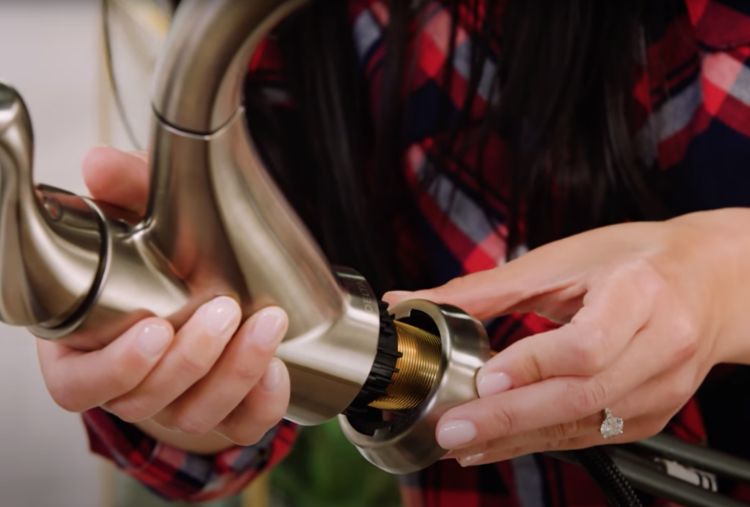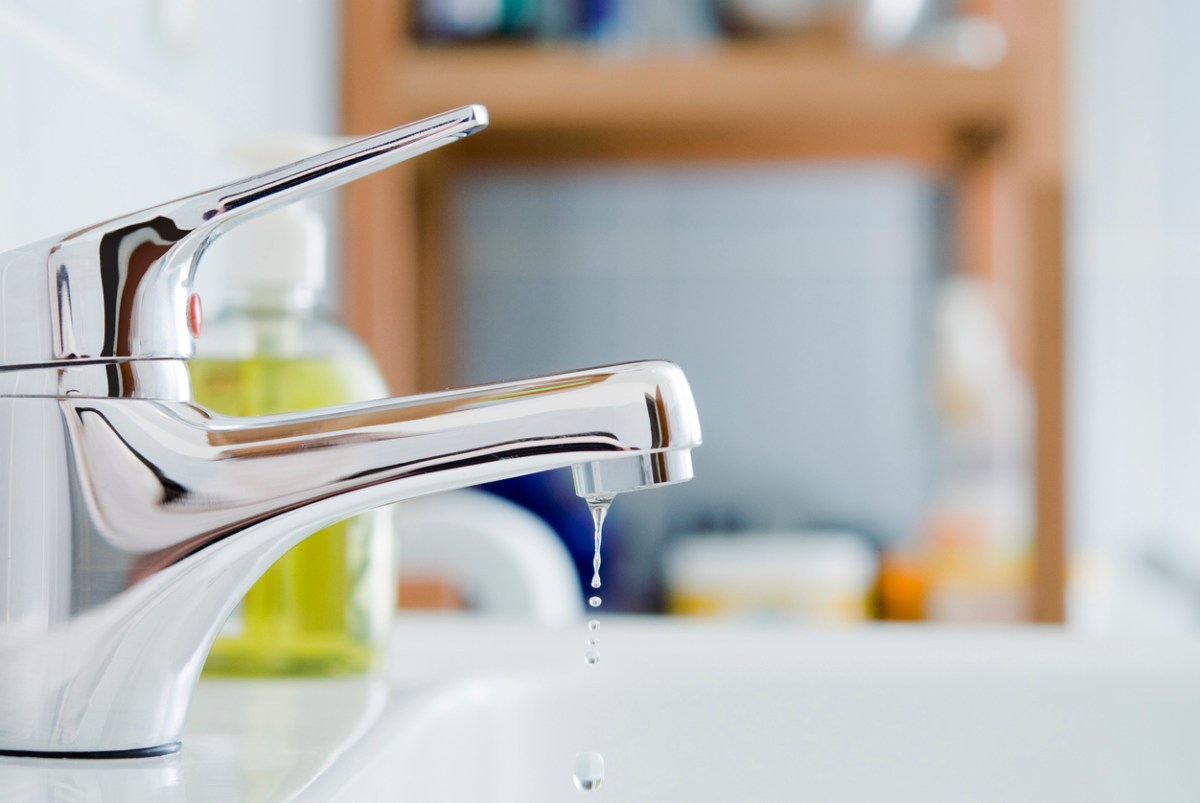Learning the Relevance of Correcting a Malfunctioning Faucet
Learning the Relevance of Correcting a Malfunctioning Faucet
Blog Article
The publisher is making a number of good pointers on How to Fix a Dripping or Leaky Faucet overall in the article directly below.

Dripping taps may feel like a minor hassle, yet their influence exceeds just the inconvenience of the sound. From wasting water to incurring unnecessary economic costs and health dangers, neglecting a leaking tap can bring about various consequences. In this short article, we'll look into why it's important to resolve this usual household problem immediately and properly.
Waste of Water
Environmental Impact
Trickling taps add substantially to water wastefulness. According to the Epa (EPA), a solitary tap trickling at one drip per secondly can lose more than 3,000 gallons of water per year. This not just strains water resources yet additionally affects ecosystems and wildlife based on them.
Step-by-Step Overview to Taking Care Of a Dripping Faucet
Tools Called for
Before trying to deal with a trickling tap, gather the essential tools, consisting of an adjustable wrench, screwdrivers, substitute parts (such as washers or cartridges), and plumber's tape.
Usual Tap Issues and Their Solutions
Determine the type of tap and the certain problem triggering the drip. Common problems include damaged washers, rusty shutoff seats, or faulty O-rings. Refer to manufacturer directions or on the internet tutorials for detailed assistance on repairs.
Financial Costs
Boosted Water Bills
Past the environmental impact, leaking faucets can blow up water expenses considerably. The built up wastefulness in time translates right into greater energy costs, which could have been prevented with timely repair services.
Potential Building Damage
Moreover, prolonged dripping can bring about damage to components and surface areas bordering the faucet. Water build-up can cause staining, corrosion, and even structural concerns if left neglected, leading to extra fixing costs.
Wellness Issues
Mold and Mildew Growth
The continuous existence of moisture from a leaking tap produces a perfect setting for mold and mildew and mildew development. These fungis not only compromise indoor air top quality but likewise present wellness dangers, particularly for individuals with breathing problems or allergies.
Waterborne Diseases
Stationary water in dripping faucets can end up being a breeding ground for germs and other virus, boosting the danger of waterborne conditions. Pollutants such as Legionella germs thrive in stationary water, potentially causing major health problems when consumed or breathed in.
Do it yourself vs. Professional Repair service
Pros and Cons of Do It Yourself Repair
While some may attempt to deal with a leaking faucet themselves, DIY repair services include their own collection of difficulties. Without appropriate knowledge and devices, DIY attempts can aggravate the concern or cause incomplete repair services, lengthening the trouble.
Advantages of Employing an Expert Plumber
Employing an expert plumber makes sure that the underlying cause of the dripping tap is dealt with successfully. Plumbers possess the knowledge and equipment to diagnose and fix faucet problems effectively, conserving time and decreasing the danger of further damages.
Ecological Obligation
Private Payment to Conservation
Taking obligation for taking care of trickling faucets aligns with wider initiatives toward water conservation and environmental sustainability. Every individual's activities jointly make a significant impact on preserving precious resources.
Sustainable Living Practices
By prioritizing timely repair services and embracing water-saving behaviors, people add to lasting living techniques that profit both present and future generations.
Preventive Measures
Normal Upkeep Tips
To avoid trickling taps, do regular maintenance such as cleaning up aerators, inspecting for leaks, and replacing worn-out parts immediately. Furthermore, take into consideration installing water-saving devices or updating to more efficient fixtures.
Importance of Prompt Services
Attending to trickling taps as quickly as they're seen prevents additional water waste and possible damages, ultimately saving both water and money in the long run.
Impact on Building Worth
Assumption of Well-Maintained Property
Maintaining a residential property in good condition, including dealing with upkeep problems like dripping taps, improves its viewed worth and charm among prospective buyers or lessees.
Impact on Resale Value
Properties with properly maintained plumbing fixtures, consisting of faucets, command greater resale values in the realty market. Addressing leaking taps can contribute to a favorable impact during building evaluations and settlements.
Verdict
Addressing a leaking tap surpasses plain convenience; it's a vital action towards preserving water, lowering financial costs, and guarding wellness and building. Whether with DIY fixings or professional support, taking action to take care of dripping taps is a tiny yet impactful way to promote responsible stewardship of resources and contribute to a healthier, more sustainable future.
How to Fix a Leaky Faucet: Step-by-Step Repair Guide
A leaky faucet may seem like a simple annoyance, but if it's not fixed promptly, that leak could cost hundreds to potentially thousands. From water damage to mold, mildew, and high water bills, even a tiny leak can be catastrophic if left unattended. Damage like this can even affect the overall value of your home, so it's important to take the right approach for leaky faucet repair. You may need the help of a plumber in some cases, but we've got a few tips you can try on how to fix a leaky faucet before calling the pros.
Four Faucet Types
When you're learning how to fix a leaky faucet, the first step is knowing what kind of faucet you're working with! There are four common types.
Cartridge Faucets
Cartridge faucets come in one- or two-handled varieties. In one-handled cartridge faucets, hot and cold water combines in a single cartridge. In the two-handled versions, hot and cold water are controlled separately and mixed in the faucet.
Ball Faucets
Ball faucets have a single lever you push up and down to adjust the pressure and rotate to change the temperature. A slotted metal ball controls the amount of water allowed into the spout.
Compression Washer Faucets
They're the oldest type of faucet, but they're still used in many homes — especially older ones. Compression faucets have two separate handles that, when turned, raise or lower the washer that seals a water valve. This valve stops water from flowing through the faucet when it is turned off.
Disc Faucets
Disc faucets rarely need to be repaired due to their maintenance-free design. The water flow is controlled by two discs — the upper one raises and lowers against a fixed lower disc, creating a watertight seal. If your disc faucet starts leaking, you may need to replace the seals or clean residue buildup from the inlets.
Fixing a Leaky Faucet
Step 1: Turn Off the Water
Whether you're learning how to fix a leaky bathtub faucet or how to fix a leaky kitchen faucet, always turn off the water supply to your working area when you're fixing a leak. The last thing you want is a flood added to your list of things to fix.
Look for the shutoff valves below your sink or around the tub and turn them clockwise to stop the water flow. If your faucet doesn't have shutoff valves, you may need to turn off the water for the whole house. Check to make sure it's off by turning the faucet on. If nothing comes out, you're ready to start the repair.
Step 2: Take Apart the Faucet
How you disassemble your faucet depends on the type of fixture you have. You can use a flathead screwdriver to remove the caps on top of the handle or handles for cartridge and compression faucets. Inside, you should see handle screws. Unscrew these with a screwdriver to remove the handle.
Disc- and ball-style faucets will typically have an inlet screw near the handle, and removing that will reveal the interior of the faucet.
Detach the Valve Stem
For cartridge- and compression-style faucets, you'll see the inner valve stem or cartridge once you remove the faucet handles. If you have a compression faucet, unscrew the brass valve stem. If you have a cartridge faucet, pull out the cartridge. If your cartridge has been in place for a while, it may require some tools or extra force to remove it due to mineral deposits.
Examine and Replace Parts
Once you've removed the parts, check them out to confirm what needs to be replaced. You may see corroded rubber washers, O-rings, stems, or cartridges. On a ball-style faucet, check the seats and springs for damage.
If you need to repair a leaky disc faucet, check the inlet and seals on the lower disc.
Once you determine what parts must be replaced, visit your local hardware store. Bring the damaged parts with you to ensure you can purchase the correct components to replace them.
Clean Valves and Faucet Cavity
If you've removed a stem or cartridge, you may notice mineral buildup in the faucet's threads. Use white vinegar to clean the valve seat by soaking it for a few minutes, then scrub it away with a soft toothbrush and rinse with warm water. You can also clean the interior of the faucet in the same way.
Reassemble the Faucet
Once your faucet is cleaned and the required parts have been replaced, it's time to reassemble it. Put the pieces back together and slowly turn the water supply back on. Doing this slowly is crucial because too much initial water pressure can damage the new hardware you've just installed.
https://homewarranty.firstam.com/blog/how-to-fix-leaky-faucet

I'm certainly very involved in Water Dripping from Faucet: Why and How to Fix and I really hope you liked the article. Please set aside a second to share this post if you appreciated it. Thank you for going through it.
Report this page